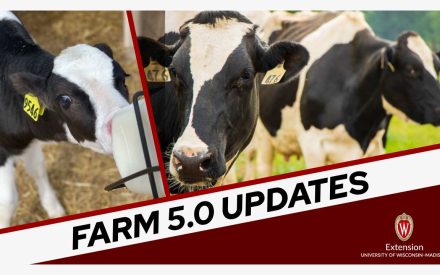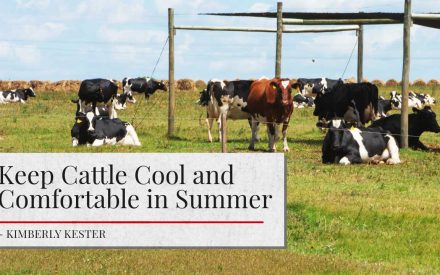The University of Wisconsin-Madison Division of Extension Dairy Program strengthens the competitiveness of the Wisconsin dairy industry through statewide leadership in education and research.
Dairy News
Beef x Dairy Management Workshops to be hosted by UW-Madison Division of Extension July 29 – August 1, 2024
June 19, 2024–UW-Madison Extension will be hosting four in-person Beef X Dairy-focused workshops from July 29 – August 1, 2024.
HPAI Update: New testing requirements for Dairy events in Wisconsin
June 17, 2024–Updates on Highly Pathogenic Avian Influenza (HPAI H5N1) and for Wisconsin Dairy events.
Automatic Milking Systems (AMS) User Group builds on inaugural success
June 16, 2024–Announcing our second Automatic Milking System (AMS) User Group meeting.
Subscribe to our Dairy Newsletter

Subscribe to the Dairy Program Newsletter and receive the latest Dairy research articles and information about upcoming Dairy events!
Free Educational Dairy Webinars

Join us each month for Badger Dairy Insight, a research-based dairy webinars to improve animal welfare, breeding and genetic selection, automation and modernization, and nutritional decisions.











